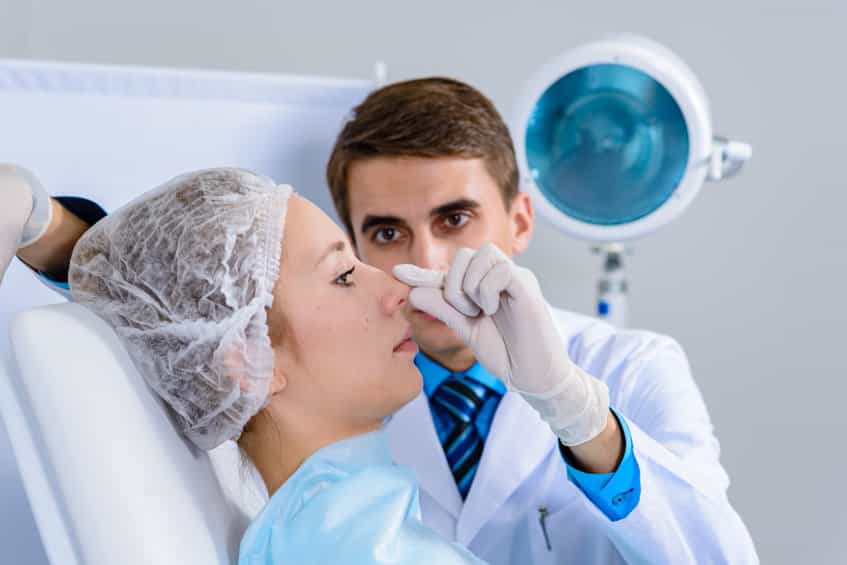John Salak –
The ubiquitous selfie may have hit a new low that is causing too many people, especially young ones, to undertake plastic surgery operations that are probably needless. Not surprisingly, women are at the forefront of this trend in part because they take more selfies and engage in plastic surgery more often than men.
There are a couple of reasons behind this trend, which is causing an uptick in overall plastic surgery operations. The biggest factor driving selfie-inspired body fixes is that these images tend to distort a person’s body, which encourages some individuals to make alterations that aren’t needed, according to researchers at UT Southwestern Medical Center. In essence, selfies tend to make noses look longer and wider and chin shorter and rounder. “If young people are using selfies as their only guide, they may be coming to plastic surgeons to fix problems that don’t exist except in the world of social media,” explained study leader Dr. Bardia Amirlak, an associate professor of plastic surgery at UT Southwestern.
Patients, in fact, increasingly use cellphone selfies to discuss their goals with a plastic surgeon. This is in part is responsible for the documented increase in requests among young people for rhinoplasty to alter their noses. The problem, however, lies not in their noses but with their smartphones, which distorts images at ranges of 12 to 18 inches.
UT Southwestern researcher proved the point by working with 30 volunteers that included 23 women and seven men. The researchers took three photographs of each person, one from 12 inches and 18 inches away with a cellphone and a third from 5 feet with a digital single-lens reflex camera, which is typically used in plastic surgery clinics.
On average, selfie snaps made noses appear 6.4 percent longer from 12 inches away and 4.3 percent longer from 18 inches. Chin lengths decrease 12 percent from 12-inch selfies, leading to “a substantial 17% increase in the ratio of nose-to-chin length.”
The researchers also reported that selfies made the base of the nose appear wider relative to the width of the face.
The impact of these seemingly “negative” images can have a substantial effect on young people, who are more inclined to take lots of selfies, the team reported.
“Adolescents and young adults are expected to develop a stable sense of self-identity, a neurodevelopmental process related to making comparisons of oneself with others. Unfortunately, selfies emphasize the physical aspects of oneself in making those comparisons and have been associated with lower self-esteem, lower mood, and increased body dissatisfaction,” said Dr. Carrie McAdams, M.D., an associate professor of psychiatry. “Many changes in our society, including selfies, social media, and isolation from COVID-19, have led to escalating rates of mental health problems in this age group, including depression, anxiety, addiction and eating disorders.”
The issue and its related drive to engage in plastic surgery may only get worse as the selfie popularity increases, the team warned. This is especially true for women who are likely taking more selfies than men and are already more inclined to undergo plastic surgery.
The consequences of selfie-inspired surgery are also rising in line with what some psychologists see as a dangerous addiction that involves individuals becoming excessively focused on taking and posting selfies. The individuals may be suffering from body dysmorphic disorder, obsessive-compulsive disorder or depression, which can interfere with their ability to function normally, Medical Daily reported.
It is quite possible this type of selfie obsession could also lead to a desire to have unnecessary surgery performed to correct nonexistent flaws.
Regardless, UT Southwestern officials are strongly encouraging both potential patients and plastic surgeons to carefully consider the need for any operation before proceeding.














